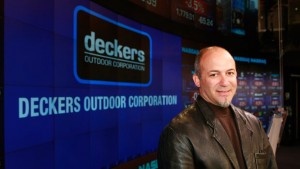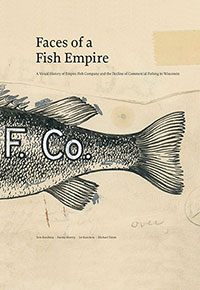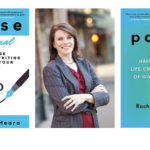This article first appeared on MediaPost’s Engage:Hispanics column.
Is brand building with consumers an art or a science? Angel Martinez answered this question during his keynote presentation at the Association of Hispanic Advertising Agencies’ Media & Account Management Conference last week, where he recounted his life growing up in The Bronx, becoming CMO of Reebok, building it into a sports powerhouse and, most recently, joining the Deckers Outdoor Corp., maker of the Uggs and Teva shoe brands, as CEO and chairman.
Born in Cuba, Martinez and his family moved to the South Bronx, where he spent his teenage years. During the height of the Summer of Love (1968), his family moved to California’s Bay Area. He summed up those two different worlds with two versions of the same shoe: Black high-top “Cons,” Converse‘s “Chuck Taylor” shoes versus white low-top “Chucks.” Wear the white low-tops in The Bronx and you’ll get beat up. Wear the black high-tops in the Bay Area and you’ll get beat up there. It was the purchase of his first pair of “Cons” that drew him to the footwear industry and interested him in marketing.
Growing up in those two different worlds gave Martinez insights into his work today as CEO of a trend-setting shoe and fashion marketer who aims to understand consumers’ needs and deliver upon them. He shared 15 key insights for what all brand stewards — Hispanic or general market — ought to follow. Following are his five most memorable:
1) Pay attention: What is your product doing around the country? How is it being used and understood by consumers? At one time, Larry Bird, Magic Johnson and Dr. J were all spokespeople for Converse and yet the brand lost market share. Why? Because Converse lost touch of its brand value to basketball players and what those players needed.
2) Love what you do and do what you love: Martinez recounted advice from his days studying at UC-Davis that he gave to one of his fellow runners who didn’t like running — stop! If you don’t like it, you’ll get injured.
3) “The last three feet of the sale”: During its infancy when Reebok only had $300,000 in annual revenue, Nike had a $60 million ad budget. Reebok strategically decided to let Nike’s ad budgets attract consumers to shoe stores while positioning Reebok to the sales people as the “fun shoe to sell.” Reebok put its entire marketing budget towards point of sale, or “the last three feet of the sale,” that wall of shoes facing consumers. Not long after, Reebok surpassed Nike in sales.
4) Aerobics had nothing to do with shoes: Back in the ’80s, it was un-feminine to sweat. Women weren’t supposed to have muscles. Reebok offered women the possibility to discover their physical potential through aerobics. Also, women buy eight times as much footwear as men. That should have been obvious to everyone. But it wasn’t. Consumers go through a five-step process in buying shoes: How do they look? Does the shoe feel good? How much does it cost? Will this help my running (and make me look cuter)? Do they have it in my size?
5) Brands endure because a creative vision stays intact: Steve Jobs, Bill Gates, and Ralph Lauren all kept their creative visions intact for their respective brands, and therefore created long-term value. What is “North” for your brand, or the strategic intention? Asking that question is a key responsibility for an agency to its clients.
In conclusion, Martinez asked, “Is brand building an art or a science?” By highlighting his preference, he answered his own question. Then, he asked, why did Aristotle title his classic, The Art of Rhetoric and not The Science of Rhetoric? Because it is an art, and marketing, like rhetoric, is an art as well.







